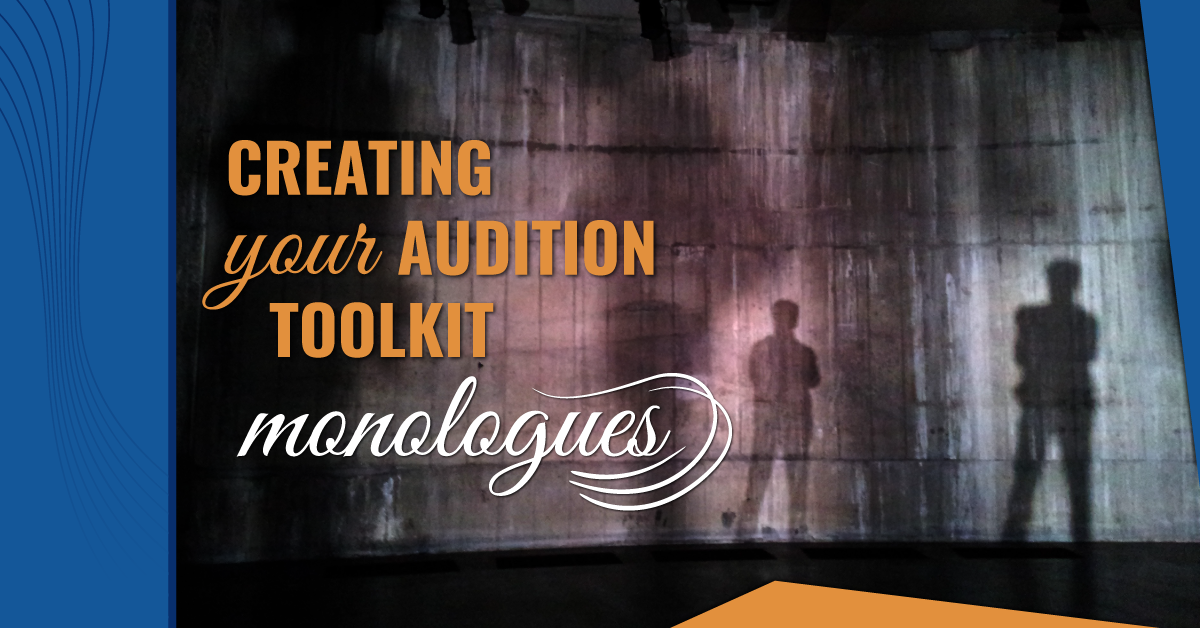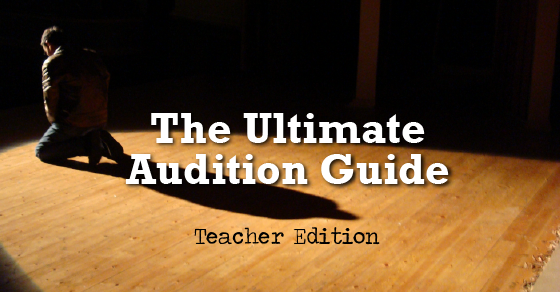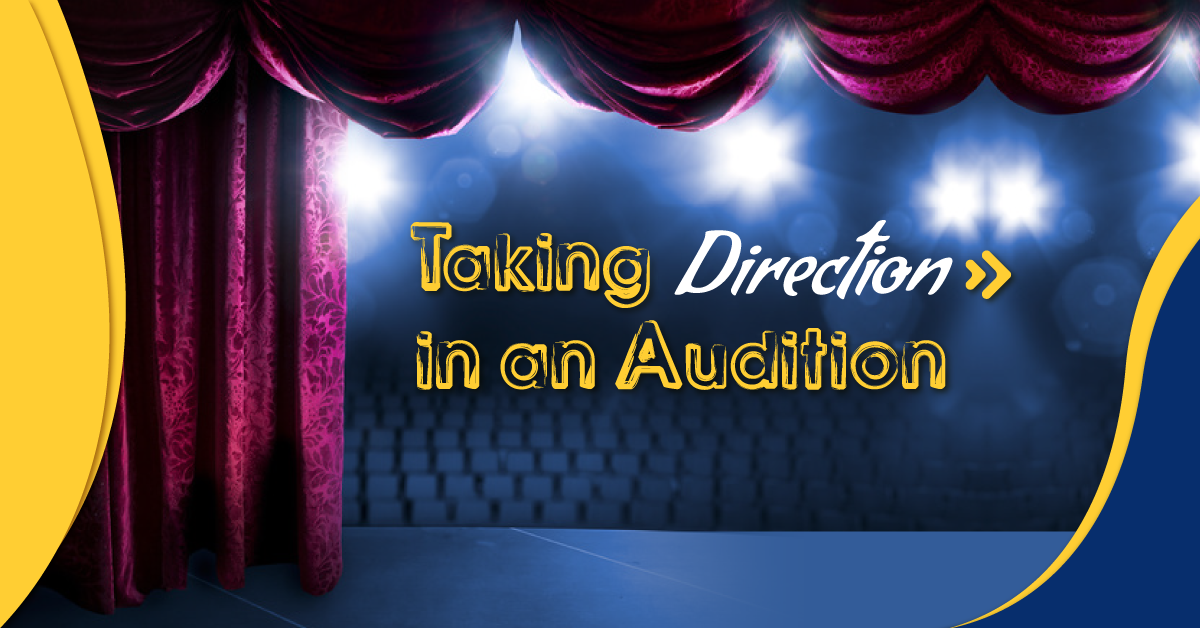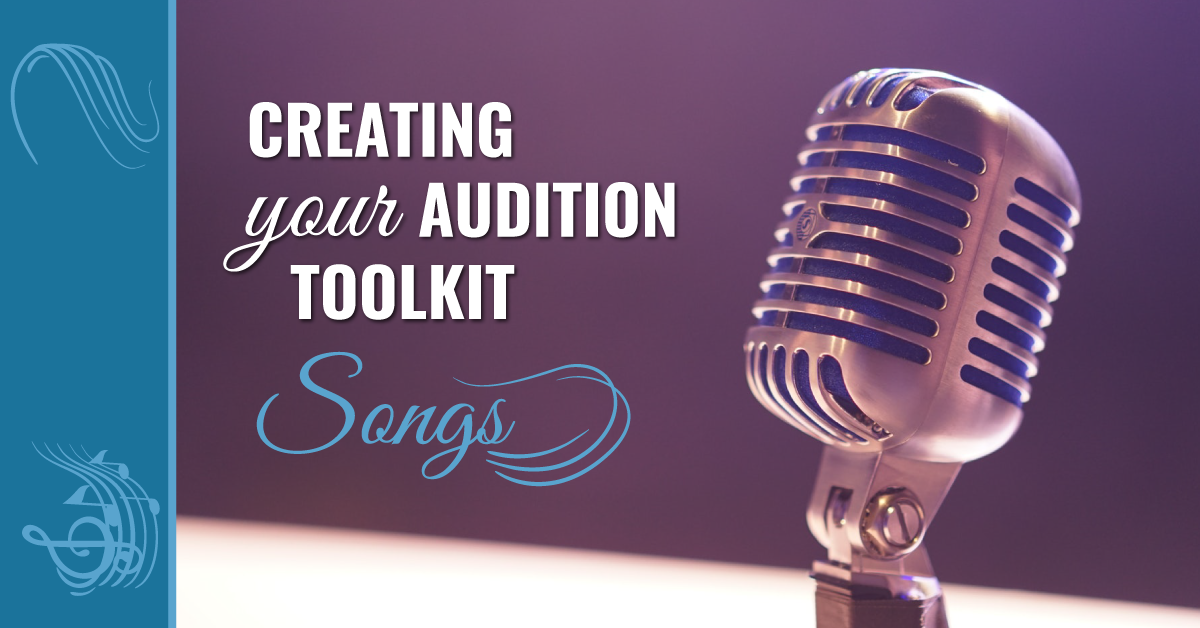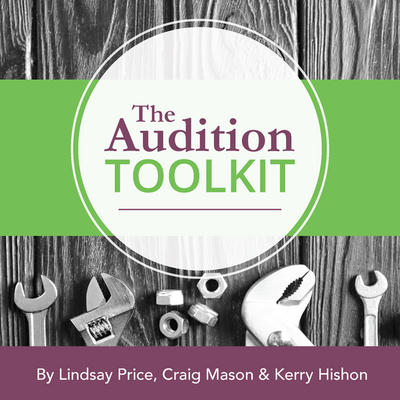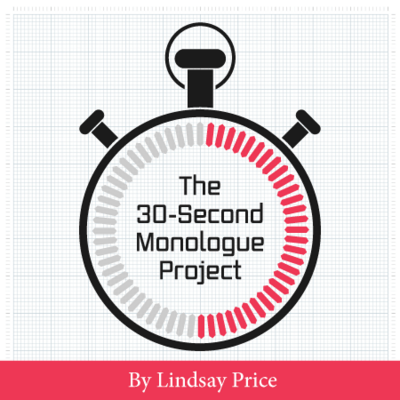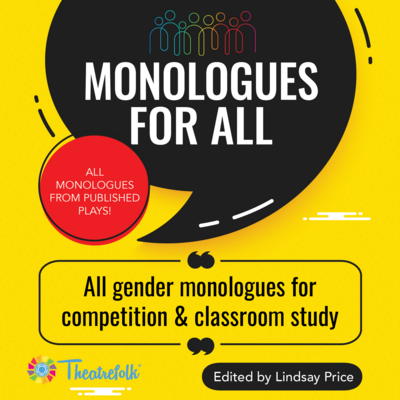Creating Your Audition Toolkit – Monologues
Finding the perfect monologue for an upcoming audition is often challenging. Students want to have the best piece possible, but may not know how to go about finding a good monologue, or what even constitutes a “good” monologue. When it comes down to it, every monologue is different, and any individual monologue will be useful for certain shows but not so great for others.
A great resource for drama students is to create their own personal monologue notebook. This is simply a collection of monologues that they have discovered, learned a bit about, and copied out. When that student decides to audition for a show, they will then have a handy resource at their fingertips that they can use to help them find an interesting and engaging monologue. Teachers, creating a classroom monologue notebook for your students would also be a very useful resource – you will have a starting point for your drama students when they are looking to find a piece for any upcoming auditions, competitions, or classroom assignments.
So print out these instructions and create your own resource!
How to create a monologue notebook
1. Start looking for great monologues right away, and always be on the lookout for new and exciting pieces. Going to see shows (and getting inspired!) and reading lots of plays can be very time-consuming, but it’s worth it.
2. Start a notebook or binder for collecting interesting monologues that you find. Divide your notebook into four sections:
- modern/contemporary comedic
- classical comedic
- modern/contemporary dramatic
- classical dramatic
It’s useful to divide your monologue collection in this way so you can pinpoint exactly what you’ll need for each audition. It’s important that your monologue be of the appropriate tone and time period for the show you are auditioning for. Trust me! This is coming from an actor who once auditioned for a production of The Caucasian Chalk Circle with Kate’s final monologue from The Taming of the Shrew. Guess what? I was not cast into the show. That particular monologue was definitely not the best choice for auditioning for that show. But it could be perfect for auditioning for the role of Beatrice in Much Ado About Nothing!
- Teachers, if you are creating a monologue book as a class resource, you may want to further subdivide the monologues: male, female, and gender flexible monologues – or older versus younger students.
3. When you find a monologue, make a copy of it and add it to your notebook. Be sure to note the name of the play it came from, the author of the play, and the name of the character that says the monologue. You’ll also want to include details such as the time period the show takes place in, any pertinent information about the character (age, their role/purpose in the show, and so on), and what happened to the character just before or just after the scene containing the monologue. This will help you to delve deeper into the character when you use the piece for an audition.
4. Identify the character’s emotion in the monologue and think of adjectives that describe that character. What is the character going through during the monologue? This way you can tailor your monologue selection to something that is similar in feeling to the character you’re auditioning for.
- For example, if a monologue you found to add to your notebook is spoken by the character of Jo from Little Women, you might describe her as feisty, strong-willed, creative, or loyal. Her emotions would depend upon where in the script the monologue occurs. For example, Jo would feel completely different when she first meets Laurie than when she decides to move to New York.
5. Look for monologues that are “active” and are actually happening to the character at that moment. Look for strong emotions that will be interesting to embody and perform. There are lots of monologues out there that are just “and this happened and this happened and this happened” which is less than thrilling for the audition panel to listen to.
6. Wondering where to find great monologues?
- The best monologues generally come from actual plays. The best way to find those monologues is to read lots of plays and see what’s out there.
- Ask your drama teacher for their suggestions of some great (and not-so-great or overdone) monologues.
- Start by looking for monologues by characters who are around the same age and the same gender as you. This will help you to narrow down your monologue choices.
- Try not to use the first monologues that come up when you do a Google search for “monologues for teens” or some similar search. Those monologues are done over and over because they’re so easy to find, and they tend to make directors and drama teachers fall asleep.
- Need help getting started? There are some great monologues from Theatrefolk plays here: Theatrefolk.com: Free Resources.
7. When you do go on audition, make a note in your notebook about which monologue you chose to do for that show, any feedback you received from the director, and how you felt after your audition.
Once you’ve been on a few auditions, it will be useful for you to look back and see what’s working and what might not be the best choices for you. You may also notice that there is a monologue or two in your notebook that you never seem to use. If you do notice over time that a monologue doesn’t seem to be working for you, consider removing it from your notebook and passing it along – perhaps that monologue will be more successful in the hands of someone else.
Related Articles
Audition Toolkit
by Lindsay Price, Craig Mason, and Kerry Hishon
Teach students to present their best selves in an audition situation with The Audition Toolkit - complete with articles, exercises, tips and more for both teachers and students.
The 30-Second Monologue Project
by Lindsay Price
Give students the confidence, skills and tools they need to master the monologue with The 30-Second Monologue Project. This four-lesson unit guides students from the first moment to a successful performance.
Monologues for All
by Lindsay Price
Many monologue books have monologues with only male- or female-identified characters. This resource allows students to infer the identity of the character.
